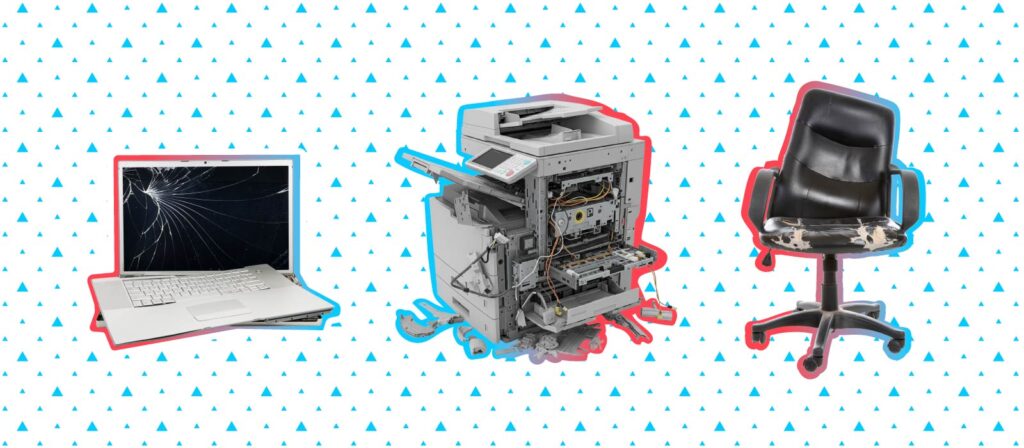
The diversity of a facility manager’s responsibilities can make this career a daunting challenge. As you move to a new office, you may find that you’re doing an almost completely different role. No matter how your job changes, there are a few tactics you can use to make sure your transition goes smoothly.
1. Walk through the entire space

Take some time to walk around your workplace and understand its underpinnings, even if some of these elements are beyond your scope of responsibility.
Take note of how people organize their workspaces, what IT infrastructure is used and how the facility operates.
You’ll have a better feel for the organization and its stakeholders, allowing you to make more informed decisions. This also gives you a solid base of knowledge to work with if your responsibilities change in the future.
2. Adapt to new tools
Acquaint yourself with the different tech that your new office uses. The tools for time tracking, data analysis, request management and space management might be different from the ones you’ve used in the past—so test them out in your free time. Doing so will help you handle your core responsibilities with more ease, and you won’t have to ask as many troubleshooting questions later.
3. Develop a prioritization strategy

Your new job will probably be overwhelming at first, but having a concrete idea of how your tasks should be prioritized can help you stay on track. Talk to your team first as they may already have practices in place about how to prioritize tasks and issues. If not, try categorizing your duties by urgency (e.g. emergencies require attention first, followed by tasks that need to be completed within a week and so on) or by a facility’s strategic plan—you can always try something different down the road. Be sure to account for inevitable emergencies and drive-by requests that may come your way.
4. Work on your weaknesses
Working in a new office can require you to learn new things, and there may be technical, financial or soft skills that weren’t a priority in your previous job. Examine which new responsibilities you’re least experienced with and start developing the matching skills. There may even be resources or education programs offered by your new company, so be sure to check.
5. Set personal goals
Attaching personal performance goals to your responsibilities will help you gauge your own progress. The key is to set realistic objectives that won’t discourage you when you’re adjusting to the new position.
Earning a new certification or contributing to a specific company KPI are great places to start since they’re measurable and definable ways that can help you improve your own skills.
If possible, ask your colleagues to review your goals and provide feedback so you’ll have a different perspective and reasonable reference points.
6. Write down notes and suggestions

When you’re starting out at a new company, taking notes and suggestions will help both you and your team. As a new addition, you can bring a fresh and more objective perspective to the workplace. Record your thoughts on how the organization—or even the on-boarding process you went through—could be improved. Sharing your suggestions with others early on might be counterproductive if you’re not completely familiar with the organization, but maintaining this note-taking practice will help you keep a mindset of constant improvement and potentially provide valuable information to your team later on.
Starting a new position at a different office can be overwhelming. Facility managers who put thought into their roles and approach their tasks with an adaptive focus will ultimately learn new skills quickly and contribute to the team sooner. Good luck!
Photos: Eugenio Marongiu / Shutterstock.com, Who is Danny / Shutterstock.com Sonja Langford, Thomas Martinsen



